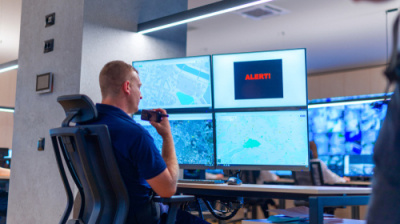Understanding Signalling Types For Monitored Alarms: What They Mean?

When it comes to alarm monitoring, it’s important to know the difference between Single Path (SP) and Dual Path (DP) communications. Let’s break down what these terms mean:
Single Path (SP) vs. Dual Path (DP)
-
SP – Single Path:
Single Path communication uses just one route to transmit signals. This could be either an IP connection (using Ethernet) or Radio (via 4G/5G with a roaming SIM card). However, since there’s only one path, if this route fails, the communication would be interrupted. -
DP – Dual Path:
Dual Path communication uses two separate routes to transmit signals, providing greater reliability. These two paths can be:-
IP + Radio (Ethernet + 4G/5G)
-
Radio + Radio (Two SIM cards from different networks)
If one path fails, the system can still communicate through the second, reducing the risk of complete communication loss.
-
Why We Avoid Wi-Fi Connections
It’s generally not recommended to rely on Wi-Fi for alarm monitoring. Wi-Fi can be unreliable or subject to interference, making it an unstable option for critical communication.
Advantages of Dual Path (DP)
The main advantage of Dual Path monitoring is redundancy. If one path fails, the system can communicate through the other, keeping the monitoring service active. In the event of a total communication loss (for instance, both paths failing on a DP system), the communicator is polled at regular intervals to check for responses. If the communicator doesn’t respond within the expected time frame, it is flagged as a communication failure at the Alarm Receiving Centre (ARC).
Polling Times and Catastrophic Failure Reporting
The following table shows the standard polling times and reporting thresholds for different grades of Single Path (SP) and Dual Path (DP) systems:
| Single Path (SP) | Dual Path (DP) | Catastrophic Failure Reporting |
|---|---|---|
| SP2 | DP1 | 25 hours |
| SP3 | DP2 | 31 minutes |
| DP2+ | 11 minutes | |
| DP3 | 4 minutes | |
| DP4 | 3 minutes |
What’s Recommended?
In most cases, we recommend DP2+ for its balance of reliability and speed Failure reporting. However, some insurance companies may require a higher signalling grade based on specific needs.
For certain environments, such as care homes or hospitals, where immediate communication with the fire brigade is required, DP4 is the recommended grade to ensure the fastest and most reliable response.